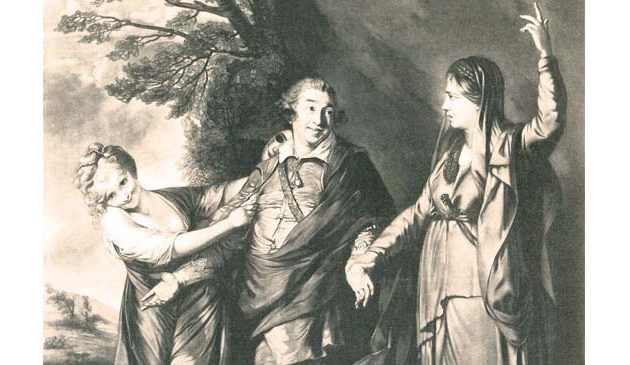In brief – London in the Georgian Golden Age

The busy Cheapside in the heart of the City of London in 1750, lined with shops and inns, and dominated by St. Mary-le-Bow church on the right.
The French Revolution took place in 1793, leading to a period of uncertainty in Britain, bringing to an end the optimism of the Golden Age. That same year William Pitt the Younger declared war on France that would last, on and off, for over two decades until the defeat of Napoleon Bonaparte.
Despite defeat at the Battle of Santa Cruz in 1797 during the French Revolutionary War Rear-Admiral Horatio Nelson returned to London, his lower right arm amputated, to the welcome of a national hero. He was awarded the Freedom of the City of London, the first of several occasions when he was fêted in the capital. In November 1805 however news reached London of his death at the Battle of Trafalgar and this was followed by a state funeral at St. Paul’s Cathedral.
The first British census of modern-times was carried out in March 1801, following an idea put forward by the magazine editor and statistician John Rickman. It has continued every ten years since then. The population of inner London’s districts then stood at about 950,000 and slightly over a million if comparing with the same area as today’s Greater London. As a proportion of the entire people of the United Kingdom it was still much smaller than would be the case a century later. The majority of those Londoners were packed into Europe’s largest metropolis comprising 8,000 streets and many alleyways, yet still small enough to walk with ease from one side to the other.
< Go back to In Brief: Early Georgian London or forward to In Brief: London during the Age of Improvement >


